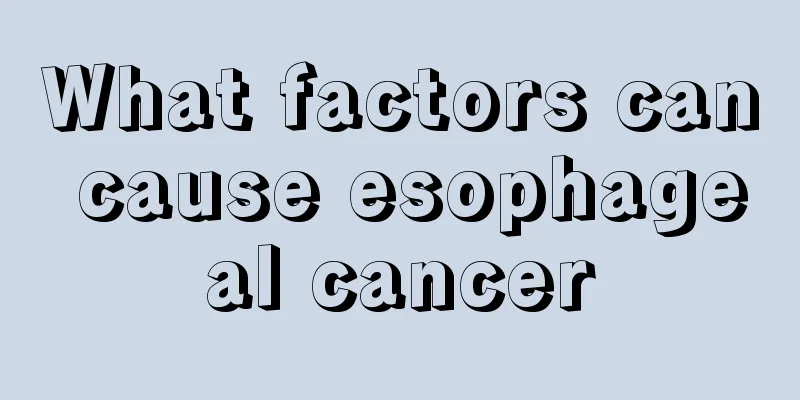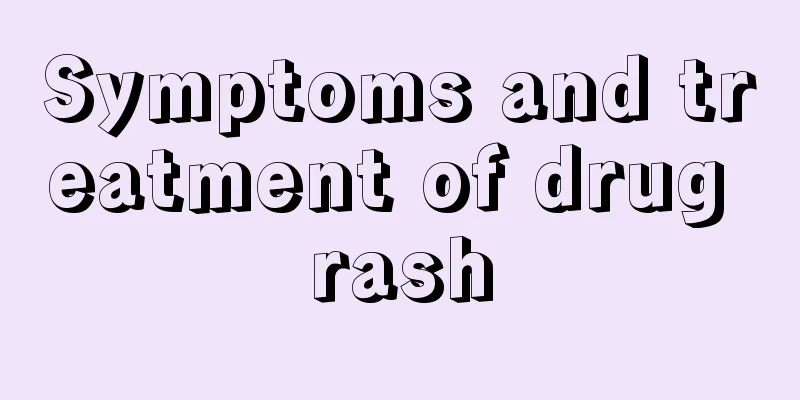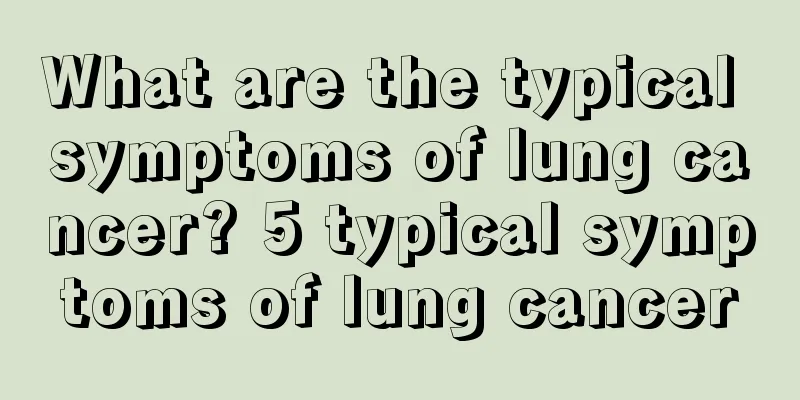What factors can cause esophageal cancer

|
The exact cause of esophageal cancer is not yet fully understood. It is generally believed that it may be related to people's living environment, eating habits, lifestyle and other factors, and is the result of the combined effect of multiple factors. (I) Nitrosamine compounds In recent years, experiments have shown that there are more than 20 types of nitrosamines that can induce esophageal cancer. These substances exist in certain foods, vegetables and drinking water. They can also be formed in the body and outside the body. For example, the sauerkraut commonly eaten by residents in Lin County, Henan Province, contains a very high content of nitrite. (II) Carcinogenic effect of molds Moldy food can induce precancerous lesions or squamous cell carcinoma of the esophagus and forestomach of rats or mice. From these moldy foods, Geotrichum candidum, Scutellaria jaundice, Rhizopus and Cladosporium can be isolated, all of which can induce animal tumors. These molds have a synergistic effect with nitrosamines in promoting cancer. Data from a survey of some esophageal cancers in China show that residents in high-incidence areas eat more fermented and moldy foods than those in low-incidence areas, such as fish sauce commonly eaten by residents in Chaoshan, Guangdong. (III) Lack of trace elements: According to a survey, the content of molybdenum, zinc, copper and nickel in the human body's external environment in areas with a high incidence of esophageal cancer in China is relatively low. (IV) Eating habits: Physical stimulation of food such as heat, roughness, hardness, smoking, drinking, and nutritional deficiencies seem to be related to the occurrence of esophageal cancer. (V) Genetic susceptibility: Families with a high incidence of esophageal cancer can be found in both high- and low-incidence areas of esophageal cancer. This indicates that there is a clear familial clustering phenomenon. However, it is still unclear whether this familial clustering phenomenon is caused by genetic factors or because family members have been exposed to the same environmental carcinogenic factors for a considerable period of time. (VI) Precancerous lesions of the esophagus: Chronic esophageal inflammation, reflux disease, achalasia, iron deficiency dysphagia syndrome, scar stenosis, leukoplakia, etc. may lead to cancer. |
<<: To prevent and treat ovarian cancer, we must focus on early detection
>>: Early diagnostic criteria for esophageal cancer
Recommend
How to install a bathroom heater
As people's living standards continue to impr...
How many days after sex can it be detected
A family is complete and perfect only when it has...
How to remove scale from the nozzle
The shower head is an item that everyone is famil...
Things to note when buying bulk food
According to relevant food safety experts, there ...
Does the skin get bruised easily when bumped?
In daily life, bumps and bruises are a common phe...
How to effectively treat chapped lips
Erythromycin ointment is a common anti-inflammato...
Should chemotherapy be used for advanced lung cancer? Is chemotherapy necessary?
Whether chemotherapy is needed for advanced lung ...
What ointment to use for facial acne
No matter what grows on the face, it will affect ...
Tips for new leather shoes rubbing your feet on the heels
Many people like to wear new shoes, because new s...
What are the clinical manifestations of cardiovascular neurosis
Cardiac neurosis is a syndrome centered around so...
Can thyroid nodules be cured without surgery?
In today's social life, with the improvement ...
How many degrees is 45 degrees of myopia?
In daily life, many people are suffering from myo...
Introduction to several typical symptoms of bone cancer
Bone cancer is a tumor disease that can occur any...
Several misunderstandings about sexual function recovery after prostate cancer surgery
1. There is no need for the elderly to have sex a...
Nasopharyngeal carcinoma is easily overlooked
Early detection and early treatment are crucial f...









